Everything You've Ever Wanted to Know About Earwax

A common misconception about earwax is that it’s “bad” or “dirty” but, earwax has a purpose. As an audiologist, I get to see my fair share of earwax up close, and I’ll be the first to say that it’s not gross at all. In fact, it serves a very important purpose and it’s just one more example of how amazing the human body is.
It’s a common misconception that all our appointments center around hearing loss. We do a lot more than that, and one example is earwax removal. Did you know that people come to us all the time for this? A lot of people don’t even realize we perform this service!
Often, patients decide to make an appointment with us because they’re experiencing issues like muffled hearing, ringing in their ear(s), itchiness, or odor. But you can come to us for earwax removal anytime, even if you aren’t having any issues. We would love to help you!
If you’re here reading this post, it means you’re at least a little bit curious about earwax. Why do we have it? Can we use cotton swabs to remove it? Is that bad for our ears? In this post, I’ll share my expertise and my opinions on all things earwax related. Are you ready?
First Things First: What is Earwax?
Your ear canal contains tons of tiny little pores that are responsible for producing earwax, which is also called cerumen. This waxy substance consists of dead skin cells, hair, and the secretions of the ceruminous and sebaceous glands of the outer ear canal.
Earwax can vary in appearance but most of the time it’s a yellowish orange color and it has a slightly sticky consistency. The color and even smell of your earwax can indicate certain health issues, for example an ear infection or buildup.
The most important thing to understand about earwax is that it’s a GOOD thing. It is a superhero that helps protect your sensitive ear canal against things like bacteria, fungi, and water.
Is There Any Safe Way to Remove Earwax?
I strongly recommend that you do not try to remove earwax at home. As of right now, I don’t know of any over-the-counter products that are able to effectively remove earwax without potentially pushing it further back into the ear canal, which is something we want to avoid.
Home remedies are so ineffective that most of my patients schedule ear cleanings after attempting to remove the wax themselves. I’m an audiologist and I can’t even remove my own earwax without pushing it further back in my ear canal, because I can’t see what I’m doing!
There are over-the-counter cleansing products, but I haven’t seen great results with them. While some earwax may come out, there is almost always an amount that gets pushed back further into your ear canal that you cannot see. Or the product may dry out your ear canal too much.
The only technique I usually feel comfortable suggesting to patients in our office are drops of mineral oil or Debrox. Adding a few drops of oil to your ear canal can help keep it moist and soft enough so that it can more effectively push the wax out on its own. This is ONLY recommended for people who have a healthy middle ear with no perforations (holes) or prior surgeries. Make sure you schedule an appointment before trying this technique so we can make sure it won’t cause harm or damage.
If the earwax is bothering you for any reason, you can schedule an appointment with us to have it removed in our office. We have some patients that schedule routine earwax removals every three or six months, and we are always more than happy to do this!
Is Earwax Buildup a Sign of Poor Hygiene?
Audiologists like to see a little bit of earwax when they’re doing an exam because this signifies a healthy ear canal. When the ear canal becomes too dry (from using cotton swabs or ear drops), it can sometimes cause the area to drain or itch.
Still, the presence of earwax is something that people get embarrassed about. We see this all the time after we do a cleaning in the office. People will be horrified by the amount of earwax that we were able to remove from their ears. I promise, this is nothing to be embarrassed about and it is not an indication of poor hygiene.
What Happens if My Ears Become Blocked?
Your ear canal contains tiny hairs called cilia, which are responsible for naturally moving earwax out of your ears. However, only the front half of the ear canal has cilia; the back portion of the ear canal – the part that connects with the eardrum – does not.
So, if earwax gets pushed back PAST the cilia (as a result of using cotton swabs, for example), your ear won’t be able to move the wax out. This can lead to a blockage. Age-related dryness in the ear canal can also cause blockages.
If you have a blockage, you might start to hear your own voice differently or just experience the feeling of your ears being plugged up. Or, when you lay down on a pillow with your “good” ear, you might find that you can’t hear as well. If this happens, schedule an appointment with us. A blockage is almost impossible to fix on your own, but we can help you clear it out in no time.
Do you want to have us take a look at your earwax? Schedule an appointment with 4 Bridges Audiology today! We can remove earwax via suction, curette, and irrigation. Give us a call at 423-521-3277 to learn more about these options.












